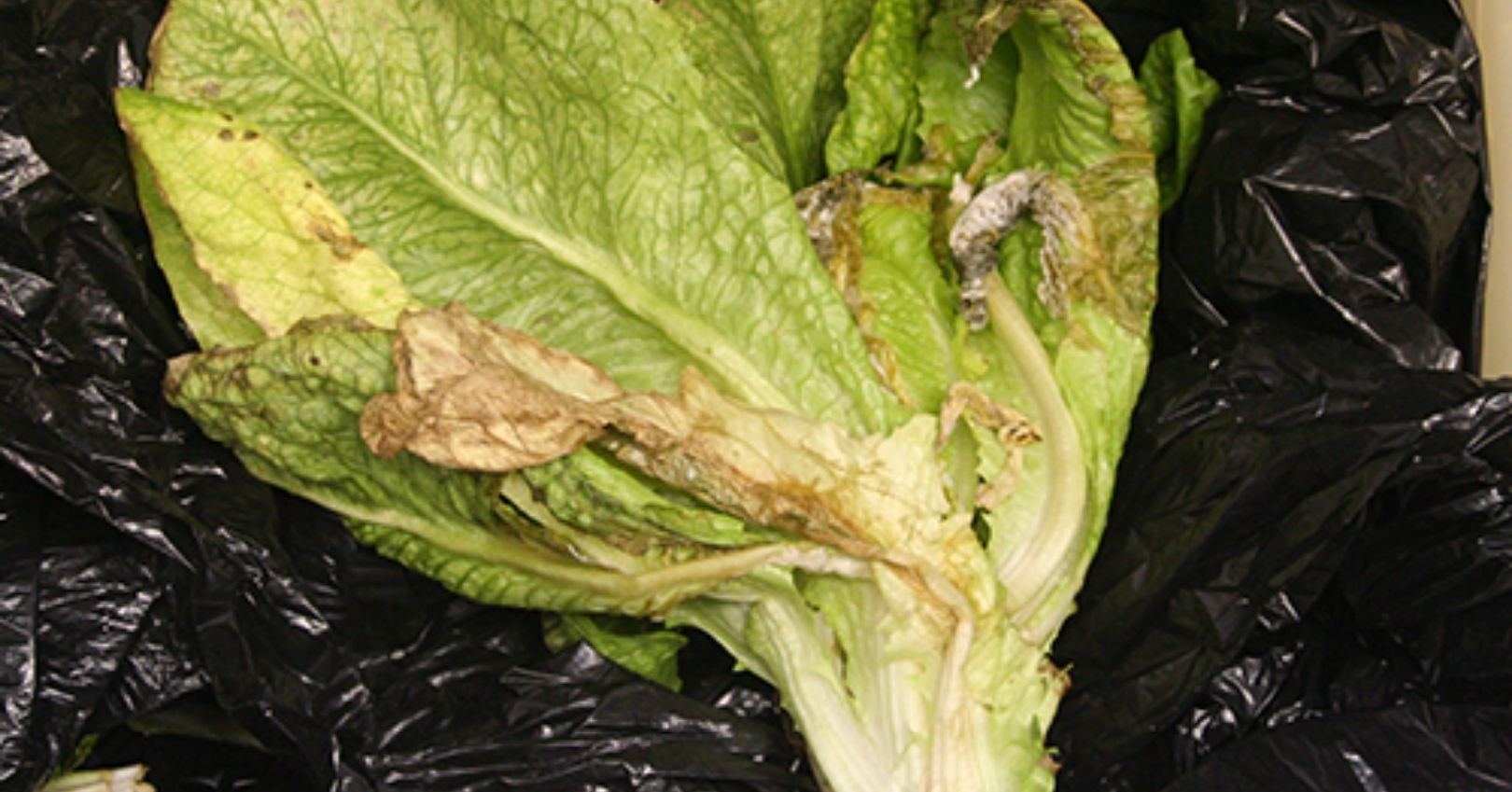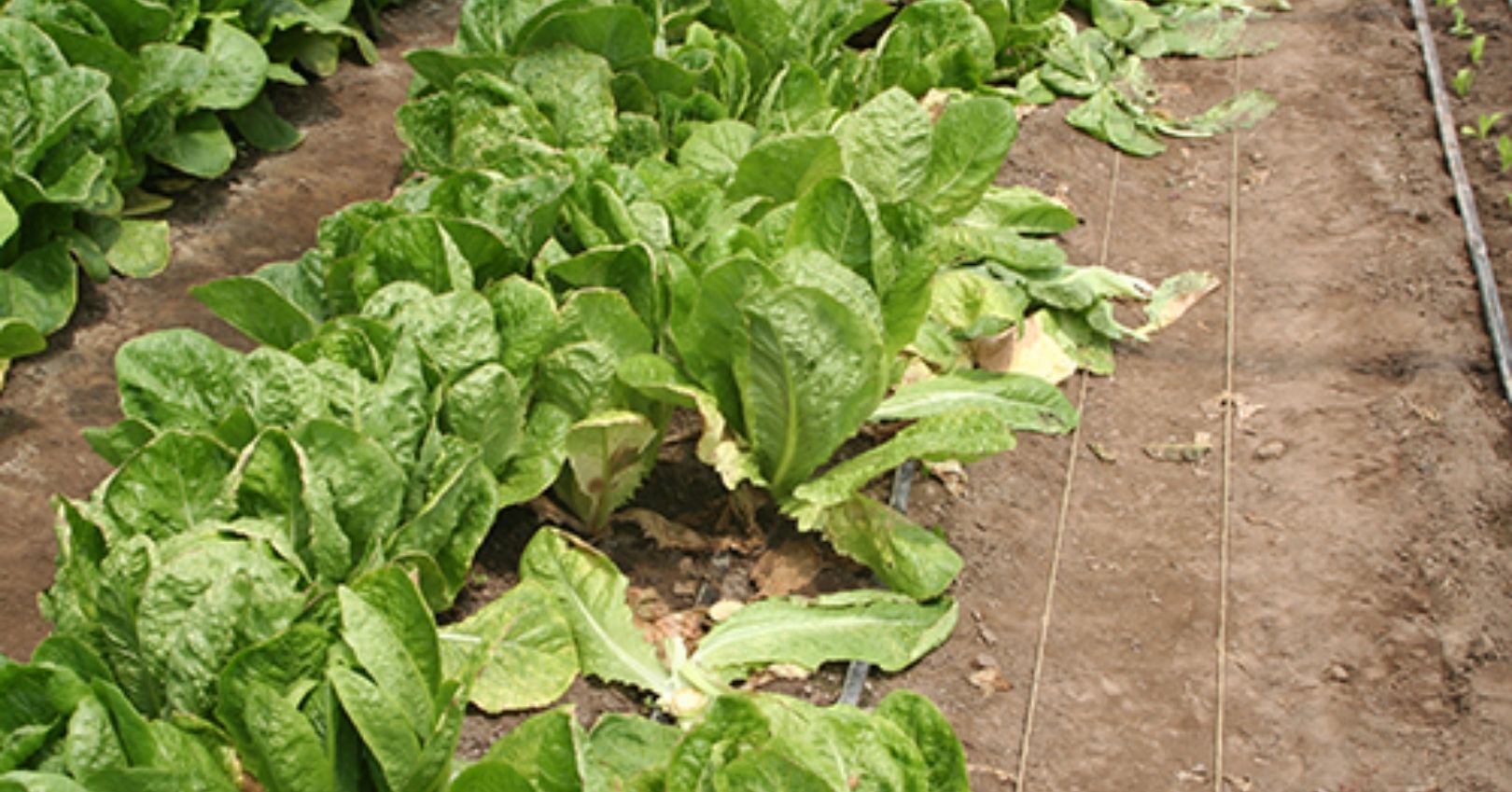Drop (Sclerotinia Rot)


Casual Agent
Drop or Sclerotinia rot is caused by Sclerotinia sclerotiorum.
Symptoms
Drop or sclerotinia rot infect through the roots and through foliar infections. Initial symptoms from root or crown infections occur as the wilting of outer leaves due to damaged roots. Under cool conditions with wet soil, infected plants collapse within two days. The rapid decline of the plants is what gave the disease the name “drop.” Dead leaves may lay flat on the soil while inner leaves of the head are still green. Eventually a soft rot sets in. Symptoms from foliar infections are similar to root infections except that they occur on aboveground plant parts instead of the roots. Infected plants will be colonized by white, cottony mycelium on which the fungus produces survival structures called sclerotia. The mycelium usually grow on parts of the plant that have high moisture. A fruiting structure called an apothecium (a small, cup-like structure that contains spores) is sometimes produced on the ground.
Disease Cycle
Sclerotinia sclerotiorum is a soilborne pathogen whose survival structures (sclerotia) can survive for many years in the soil. Susceptible plants are colonized through the roots or leaves laying on the ground that come into contact with mycelium or sclerotia. If the fungus produces apothecia with spores, airborne infections can occur. The spores are shot into the air and land on leaves that they can then colonize. The spores can be shot at least five feet into the air. Once the tissue is decayed the fungus survives on plant debris until the next suitable host is planted.
Management
Management of Sclerotinia is difficult.
-
- Application of fungicides at the rosette stage may reduce disease incidence.
- Use subsurface drip irrigation. This fungus prefers wet soil, so switching irrigation to subsurface drip irrigation can be even more effective than fungicide applications by helping to keep the top three inches of soil dry.
- Flood fallow fields for one or two months to drown sclerotia in the soil. This technique has been used in some parts of the country and can result in very good control of drop. However, this control method may not be feasible in many parts of Utah.

